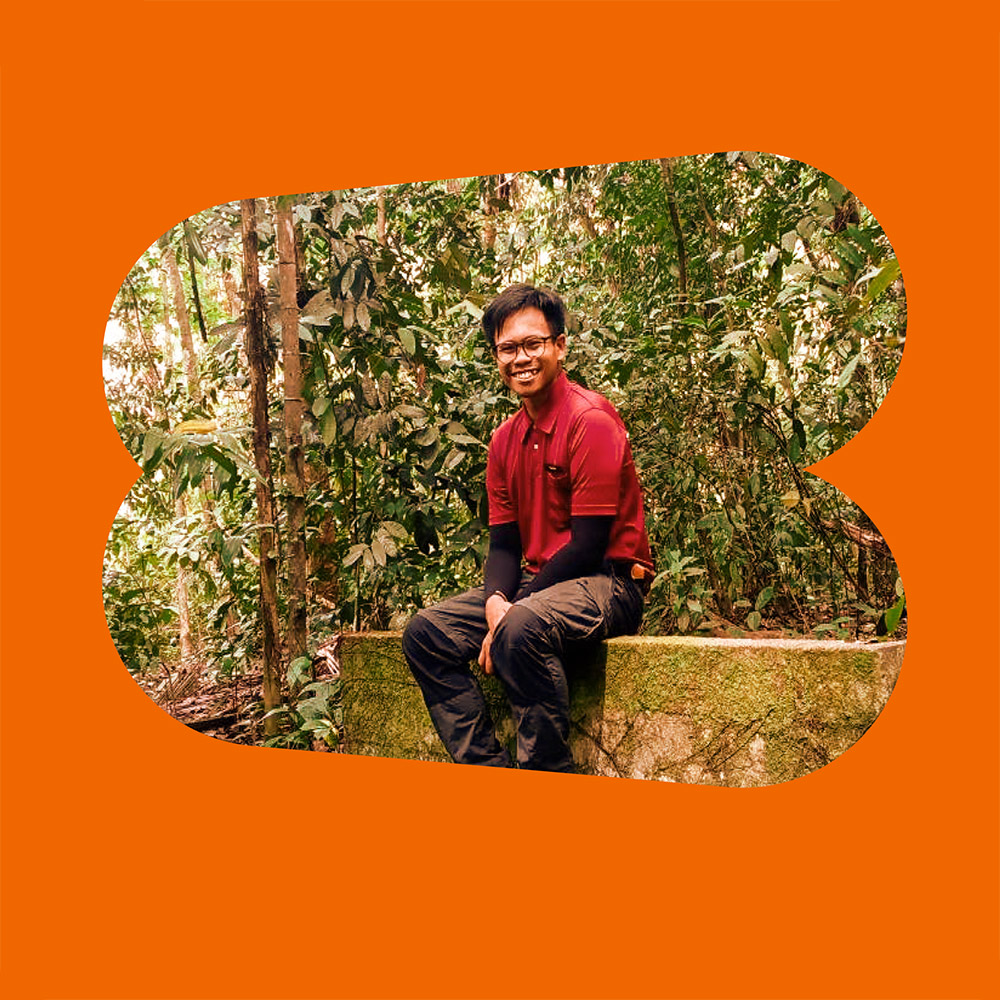Who am I?
Published
June 12, 2023
By
Syazwan

A Malay Singaporean’s Guide to Understanding Identity
If for some reason you had a hold of my NRIC, there’re two things you would learn: first, my PDPA1 has been breached and my Singpass2 needs to be double — make that triple — secured, and second, you would be able to identify me. That’s the main purpose of Singapore’s National Registration Identity Card, which identifies you in the national registrar.
Gahmen say I Malay
Just how much does our NRIC reveal about us? Well, it tells us how to move our vocal cords and tongue to speak our names. It also tells us of the biological sex we are born with. And it also tells us of our race, which makes it a totally unique Singaporean social construct given the CMIO model that we adopt here. CMIO refers to the four main races that make up the Singaporean people: Chinese, Malay, Indian and Others. (Oh, and if you’re still bothered by who “gahmen” is in the header, well, that’s just the short, sweet and simple way for us to pronounce “government”.)
Given the 25 Hari Rayas (Eid-ul-Fitr — or, actually, make that 50 if you count Eid-ul-Adha too) I have celebrated throughout my life, the numerous ketupats I have eaten with my homemade rendang recipes, my use of Bahasa Melayu to communicate in my daily life, and the melanin of my caramel skin, it’s safe to say that I am the Wiki3 definition of Malay.
These days, however, “Malay” has become such a homogenized term that we often forget that we, too, are made up of different sub-ethnicities, each with our own unique language, culture, and traditions. When you consider the vast expanse of the Nusantara, or the Malay World — a term first coined in 14th century Javanese texts to refer to the former maritime fringes of the Majapahit Empire in present-day Indonesia and Malaysia4 — I can’t help but wonder where in the Nusantara my ancestors came from. How did we end up here in Singapore? It’s time for me to climb my family tree.
What kind of Malay am I?
My dad knew little of his lineage, but he was vaguely aware of one thing — he was a Bugis. Yes, the Bugis that you pass by in your morning commute on the MRT, or the retail streets that you had visited to shop till you drop as an edgy teenager — that Bugis. The Bugis are a subethnic group of the Malays, originating from present-day South Sulawesi in Indonesia.
Growing up, I had always found it interesting how my dad and his grandfather shared the same name, Abdul Majid. I used to joke that perhaps they ran out of names to use, but it was only during one fateful Hari Raya that my paternal aunts revealed to me that my paternal great-grandfather had a totally different name — Daeng Senaik. “Daeng” is a noble title reserved only to those of royal Bugis descent, particularly among the Makassarese people. Why Daeng Senaik would change his name to Abdul Majid and disassociate himself from Bugis royalty remains a mystery to this day.
Now, what about my mum? While she sees herself as Malay, her genealogy seems to stretch back to Java, Indonesia. In fact, someone was able to trace my maternal grandmother’s lineage up to nine generations, of whom comprised the Radens. The same Raden in Raden Mas Ayu5, or, if you’re unfamiliar with the martyred princess of Nusantara folklore, then at the very least Radin Mas Primary School, Radin Mas Community Centre, and the entire Radin Mas estate in Telok Blangah, albeit spelt slightly differently. Just like Daeng, Raden is a noble title given to royal Javanese descendants.
From the look of things, my parents and I are descendants of royalty. If we followed patriarchal bloodlines, that would make me a Bugis. But somehow, I don’t feel I identify as one. Do I then identify myself as Javanese, like my mum? Not quite, as even she doesn’t feel Javanese. More than anything, she considers and calls herself an Orang Pulau, or People of the Islands, which makes sense considering that she spent the first half of her life growing up on the island of Pulau Ubin, in addition to being born on Pulau Tekong Besar (that’s right, my mum served NS before NS was a thing).
Unlike the Bugis or Javanese, the Orang Pulau aren’t a recognised subethnic group in the National Registrar — so there’s no way my mum could head down to the Immigration & Checkpoints Authority (ICA) and get her race changed to better reflect her sense of self. Our identities, it seems, can’t be boiled down to labels found on our birth certificates and NRICs.
So, who am I really?
Given my uncanny resemblance to my mum, even in how my mannerisms mirror her gait and speech, my identity feels closest to hers. Besides, it’s not every day you get to go around introducing yourself as the descendant of an islander, which is one way for this introvert to kick start a conversation.
So, who exactly are the Orang Pulau? Are we the same as the Orang Laut, who we know were the first inhabitants of Singapore way before the arrival of colonialism on our shores, or are we something else? And also, just like “Malay”, could “Orang Pulau” too be a homogenized term that ignores each island’s different cultures and practices? If so, what makes Ubin different from the others? How did we sustain ourselves on a small island? What did we eat? How was life then, and how are our lives now?
It’s time I learn more of my Orang Pulau identity.
1 Personal Data Protection Commission Singapore. PDPA Overview. https://www.pdpc.gov.sg/Overview-of-PDPA/The-Legislation/Personal-Data-Protection-Act.
2 Singpass. https://www.singpass.gov.sg/main/
3 Wikipedia. Malays (ethnic group). https://en.wikipedia.org/wiki/Malays_(ethnic_group)
4 Hans-Dieter Evers. “Nusantara”. Journal of the Malaysian Branch of the Royal Asiatic Society
Vol. 89, No. 1 (310) (June 2016), pp. 3-14 (12 pages). https://www.jstor.org/stable/26527734
5 Roots. “The Legend of Radin Mas Ayu: Lessons from a heroic princess”. https://www.roots.gov.sg/stories-landing/stories/the-legend-of-radin-mas-ayu/story

